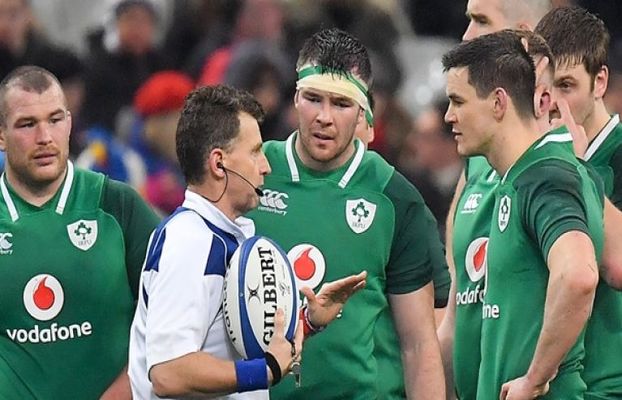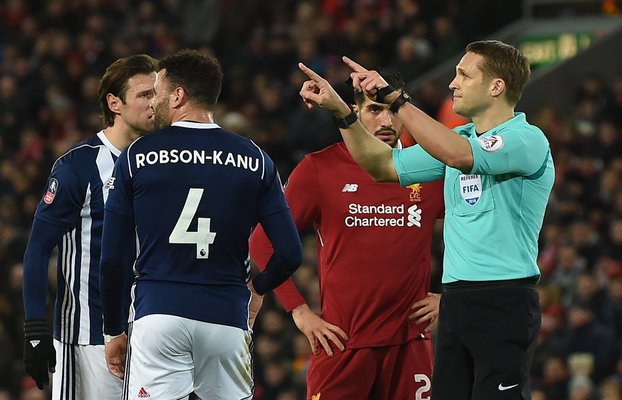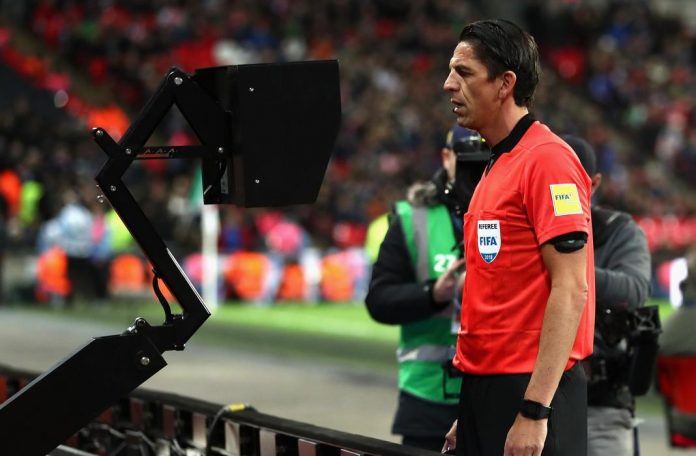Soccer has always been a conservative sport. The governing bodies have been extremely reluctant to adjust the rules to progress the game. The Video Assistant Referee (VAR) has been a contentious issue over the past few years since the proposal was brought to IFAB and FIFA in 2012. Now that VAR is set to be brought in on a permanent basis to the English Premier League, it’s time to look at just how it will affect the way soccer is played.
Free-flowing football
The Premier League has been renowned for its fast, attacking football since its re-structuring in 1992. Continental opposition often struggled in the Champions League when the likes of Manchester United and Liverpool went straight for the jugular from the first minute. Detractors of VAR say that soccer has a flow unrivaled by other field sports that have a video review system. Rugby and American Football, for example, are both interrupted to a degree in the way in which they are played.

The facts would argue that soccer isn’t nearly as free-flowing as the romantics suggest. According to The Sun, in 2016-17, there was effective playing time of 55.65 minutes per game, on average. This means that the clock kept running for nearly 35 minutes while play wasn’t happening.
Introduction of VAR won’t keep the ball out of play for longer, but it’ll change the game for the better if it’s implemented in the right way. We’ve witnessed the positives and negatives of the VAR system. While people have been quick to point out its flaws, it also offers a lot to the sport. We can cite an endless amount of incorrect refereeing decisions over the past few years. Whether it be Sadio Mane’s disallowed goal against Arsenal, or Charlie Austin’s against Watford, which led to the infamous “Parklife” rant.
The Bigger Picture
This year’s World Cup was the first to have the VAR system in place. While it did help the referees reach correct decisions, there was a huge problem for the fans. Unlike other sports, the replays that the referees were watching were not being shown on the screens in the arenas. This meant that the fans were left entirely in the dark over what was going on until the final decision had been reached. FIFA was worried about fan agitation and violence. In rugby, not only can the people in the crowd watch the video, they can even hear the referee speak to the players. A similar story applies to the NFL.
Not a single regulatory body has addressed the biggest issues around VAR. The fans are still clueless, and it takes too long to make decisions. During one FA Cup trial last season, a decision took over three minutes to be reached. Roberto Firmino then missed the penalty he had waited for. The worry from the fans is that their team could unfairly lose momentum if a decision takes too long.

The Future of VAR
The President of FIFA, Gianni Infantino, is in favor of technology in soccer. The progression of VAR has been much quicker because of him. With the amount of money that’s in the game right now, incorrect decisions are more expensive than ever. They’ve always hurt emotionally for players and fans, but FIFA follow the money, and the stakeholders want VAR sooner rather than later.
Do you want VAR to be brought into every major league in the world? Was soccer better before technology got involved? DM me @OB_PerSources on Instagram or Twitter.

